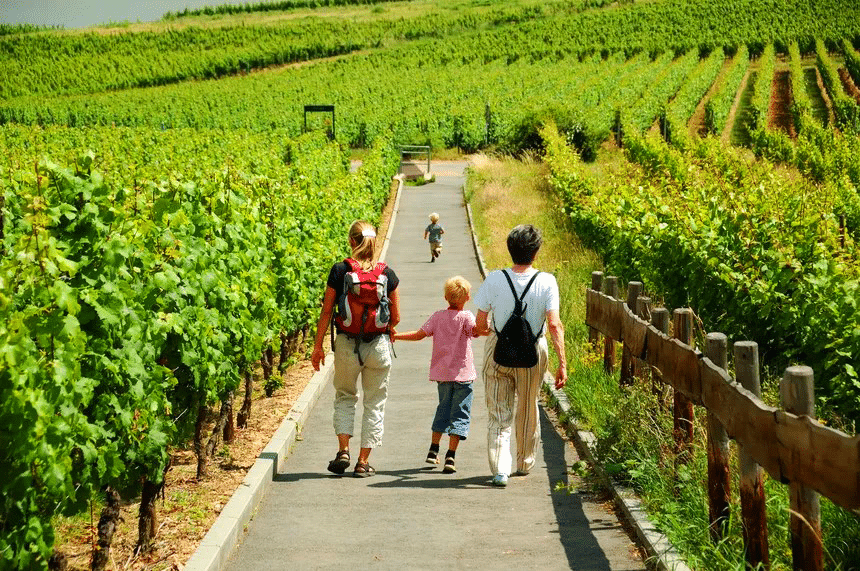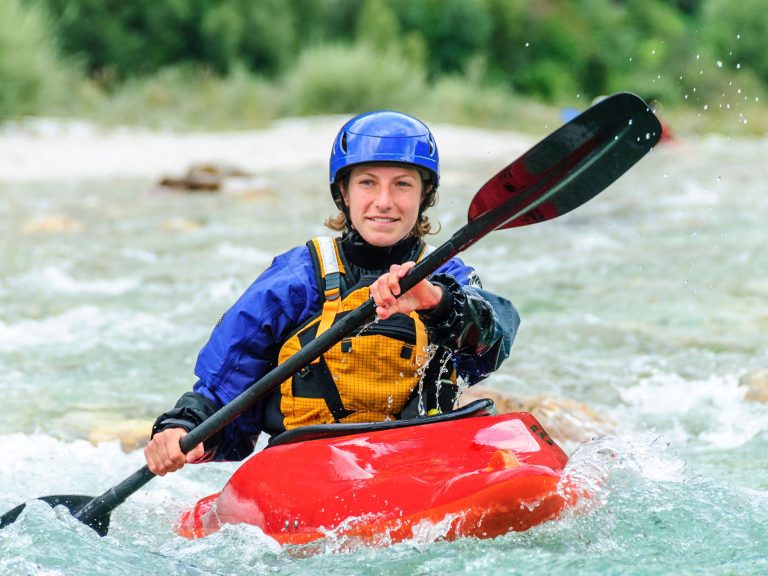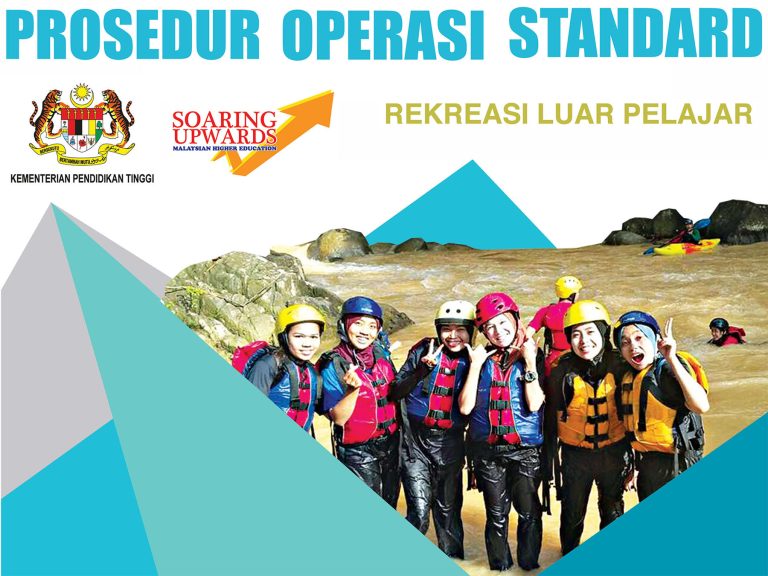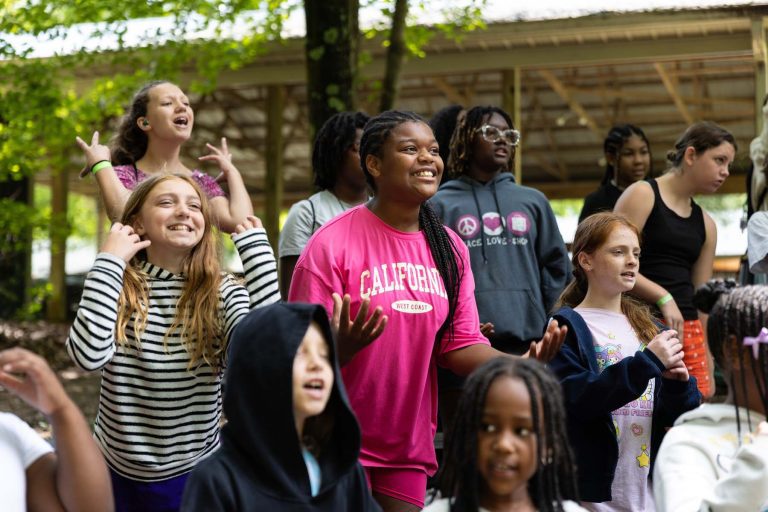Unexplained Collapse of Outdoor Education Student on Vineyard Hike Illustrates Complexity of Incident Causation

The Incident
A group of about 100 15-year old students set out from the outdoor education center on a three-kilometer night hike. The route was on level, well-maintained farm roads winding through vineyards adjacent the center. Six outdoor education leaders and five teacher chaperones accompanied the group, mixed amongst the students, with two instructors at the rear to keep the group together.
After walking about one kilometer, one of the students began to cough. She stated that her chest felt a little tight. The group stopped, and the hike leader asked her if she was asthmatic or had any allergies; she denied both. Her medical form did not indicate asthma or allergies.
The student felt that her coughing and chest tightness was minor. The group waited a couple of minutes for her to feel better, then continued the hike. Approximately five minutes later, the student started coughing again, and began to wheeze.
The group was almost at a shortcut point back to the camp. The hike leader discussed the student’s condition with the lead teacher—they were concerned that the student was having a mild asthma attack, and the hike leader was not comfortable with her continuing with the group. The decision was made for the student to go back to the camp at the shortcut.
The student was comfortable with this decision, even though she also felt fine to continue. The hike leader explained to her that if it was an asthma episode, and she did not have an inhaler with her, the difficulty breathing could get worse—and it would be better for her to miss the “star talk” than to have a serious medical incident.
The hike leader handed responsibility for the group to the second-in-charge instructor, who continued with the group on the walk. A small evacuation team was formed, composed of the hike leader, one teacher, the student with the wheezy cough, and two of her friends, who had been asked to accompany her.
The evacuation group began walking slowly along the 300-meter shortcut back to the camp. Group members talked to the patient, keeping upbeat and jovial, while continuing to assess her condition. The student did not appear to be getting better, or worse.
Suddenly, the student collapsed and became unresponsive. The hike leader checked her vitals—she had a pulse and was breathing on her own, but was not responsive to verbal or pain stimulus.

Vineyards anywhere can be sites for outdoor education and recreation—and safety incidents.
As the group was close to the outdoor education center, and the shortcut trail was not accessible by vehicle, the hike leader decided the student should be carried the remainder of the way back to the center.
The hike leader phoned the camp manager, alerting him about the situation, giving the manager the group’s location and expected ETA, and asked him to phone for an ambulance to meet the group at the camp.
The evacuation team members carried the unresponsive student back to camp, checking her vitals every two minutes. Vitals remained stable. At the outdoor education center, the student was placed on a couch in the recovery position, covered with a warm blanket, and monitored.
The school was contacted and the teacher called the student’s parents, informing them of what happened. The teacher informed the parents as to which hospital their daughter would be taken to, and requested that the parents meet them there.
The teacher gathered the student’s health record from the participant’s file, to carry to the hospital. During this time the student’s condition improved; she regained consciousness and was able to sit up unassisted.
The hike leader explained to her what had happened. The student stated that nothing like this had ever happened to her before. When the ambulance arrived at the outdoor education center, some 15 minutes after the evacuation group reached the location, the paramedic was informed of what had occurred. The student, along with a teacher, departed with the ambulance to the hospital.
At the hospital, a comprehensive patient assessment was conducted. During this process, it came to light that the student had been taking medication for a skin condition.
The medication by itself had no immediate side effects that would have been a reason for her not to come on the camp. However, the treating physician recognized that one of the medication precautions was to not take in sulfites while on the medicine. The student knew she was to avoid any foods with sulfites in them, and she had complied with this fully.
However, the physician noted that many of the wine farms in the area were spraying their grapes at the time with a sulfur-based substance. The physician said they suspected that this was what caused the respiratory distress and loss of consciousness—and why the patient had recovered on her own, when removed from the vineyard area to the outdoor education center.
The outdoor center staff established that a local farmer, through whose vineyard the group had hiked, had sprayed their vineyard that day with a sulfur-based substance. The combination of the sulfur residue in the vineyards with the medication had resulted in the student’s respiratory distress and loss of consciousness. This is a rare side effect of that particular medication. The physician only knew about this issue since, by coincidence, their daughter had at one time used the same medication.
The student had fully recovered by the time she got to the hospital. The physician stated she was free to either return to the outdoor center, or go home. She and her parents decided she would like to continue with the program as long as the outdoor education staff could guarantee she would not be exposed to any areas where the farmer was spraying their vineyards.
The outdoor education staff assured the family they would keep her and the group away from the vineyards, and the student completed her outdoor education experience without further incident.

Happy hikers in vineyard country.
Follow-up
The incident was handled well by the outdoor education center and attending school chaperones. The symptomatic student was assessed promptly; appropriate response (monitoring, evacuation and EMS activation) was made right away, and sufficient qualified adults were available to handle the evacuation.
Good telecommunications between the field group and the center manager helped ensure prompt arrival of the ambulance. Knowledge of the shortcut made a quick evacuation possible. And appropriate care at the center, while waiting for the ambulance, was given, along with prompt notification of the school and the patient’s parents.
After the incident, the outdoor education center added a question about adverse reactions to sulfur-containing substances to the participant medical form, and included a question asking if any medication taken prevents the participant from eating certain foods.
The center also briefs instructors on the possibility of adverse response to agricultural chemicals that students may encounter when hiking in vineyard country. Farmers are asked to inform the outdoor education center of their spraying schedule (which they sometimes but not always do), and activities in the vineyards are postponed if farmers are known to be spraying at the time.
Analysis
Safety science informs us that major incidents often occur due to a number of risk factors that combine in an unpredictable way. We can’t tell which risk factors will come together, or when, or in exactly what way. This means that in order to protect against these unanticipated problems, we must build a safety system that is resilient to unexpected breakdowns, where when a problem occurs, its impact is minimized, and does not lead to a catastrophic collapse of the risk management system.
This is described, in technical terms, as resilience engineering, in complex sociotechnical systems theory.
Who would have thought that a medication would react with an environmental substance to cause a hiker to suddenly collapse? This rare event was not expected. However, because the outdoor education center had a well-developed emergency response plan, highly-qualified staff, and a program design that minimized remoteness and inherent risk, the outcome in this case was excellent.
Resources for Further Information
More information on how to manage risks in outdoor, adventure, and travel contexts is available in the book Risk Management for Outdoor Programs: A Guide to Safety in Outdoor Education, Recreation and Adventure.
A 40-hour online training course, Risk Management for Outdoor Programs, provides an opportunity for experiential professionals to engage in a deep exploration of best practices in outdoor and adventure safety, and learn how to improve risk management in their own organization.
Viristar thanks Alan Champkins for providing information regarding this incident.



